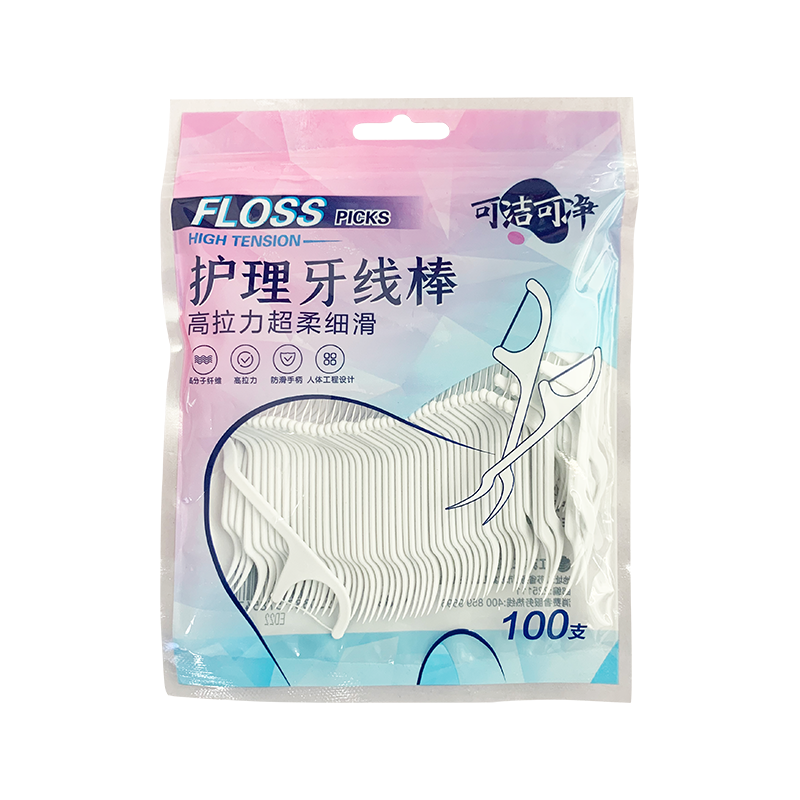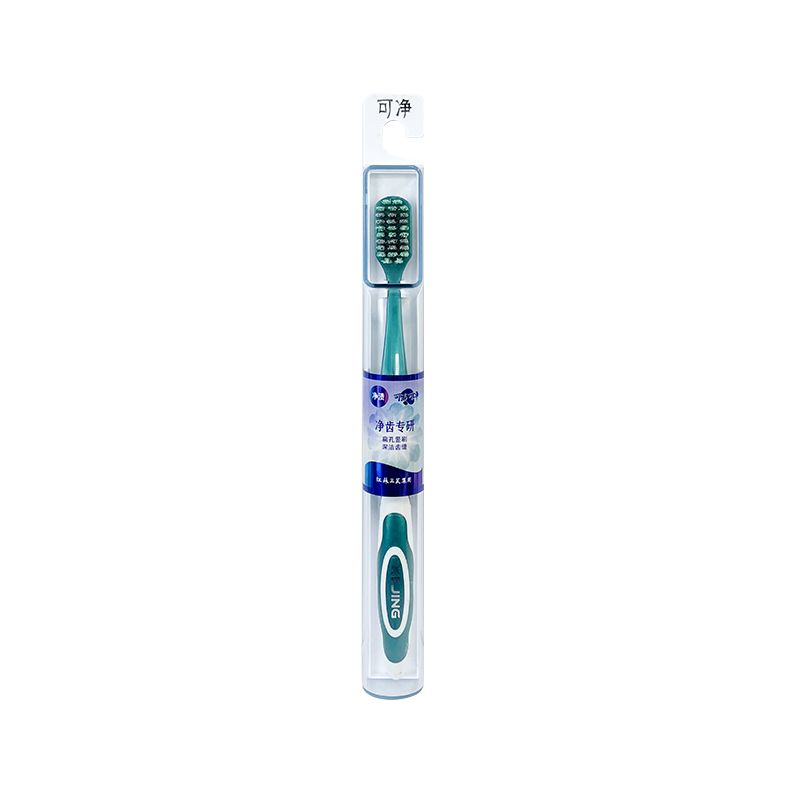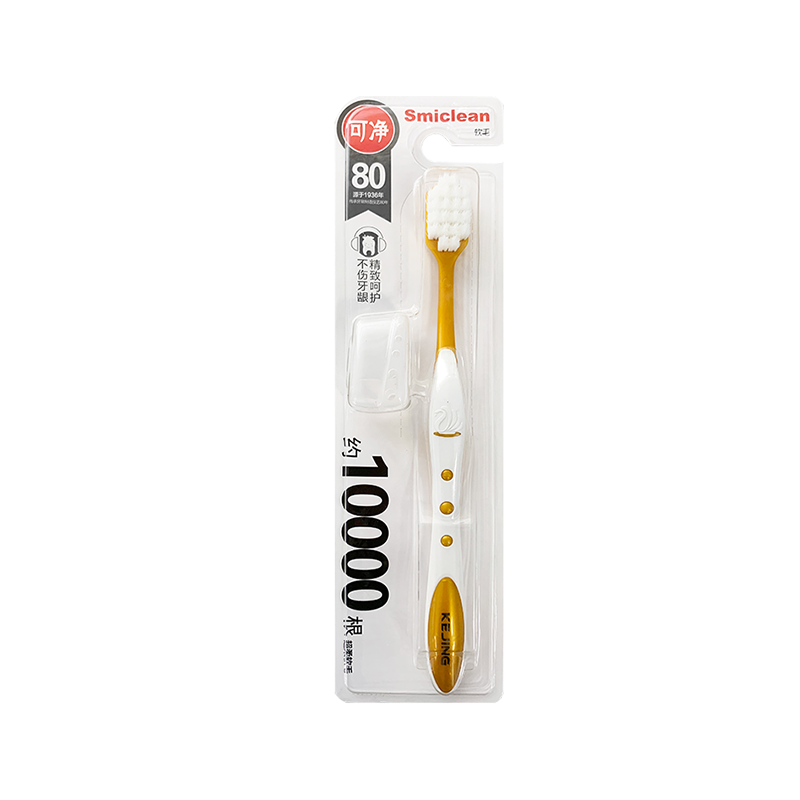How does the effectiveness of dental floss sticks compare to traditional dental floss in terms of plaque removal and gum health?
Dental floss sticks and traditional dental floss are both designed to serve the same primary function—removing food debris and dental plaque from between the teeth and along the gumline, areas that toothbrushes often fail to clean effectively. However, they differ significantly in terms of design, application technique, and user compliance, all of which can influence their comparative effectiveness in promoting plaque control and gum health.
1. Plaque Removal Capabilities
Traditional dental floss is generally recognized by dental professionals as the gold standard for interproximal cleaning when used properly. It allows the user to wrap the floss around the sides of each tooth in a “C-shape,” which enables thorough cleaning of the tooth surface and under the gumline. This method helps dislodge plaque and bacteria that contribute to tooth decay and periodontal disease.
In contrast, dental floss sticks consist of a small, pre-strung piece of floss held taut by a plastic handle. While the floss is the same or similar in material, the rigid design of the floss stick often limits the user's ability to achieve the same contouring motion around the tooth. As a result, dental floss sticks may not always reach as deeply under the gumline or hug the tooth surface as effectively as traditional floss. However, this does not necessarily mean they are ineffective; in fact, they can still significantly reduce plaque levels when used regularly and carefully.
2. Impact on Gum Health
Gum health, particularly in terms of reducing gingival inflammation and bleeding, is closely tied to the consistency and technique of flossing. Studies have shown that both traditional floss and dental floss sticks can lead to improvements in gingival health, but the magnitude of the benefit often depends on how consistently and correctly the tool is used.
When dental floss is used with the proper technique, it is highly effective in reducing gum bleeding and inflammation. However, many individuals find traditional floss difficult to use, especially in the back of the mouth or for those with reduced manual dexterity. This can lead to improper technique or avoidance of flossing altogether, limiting the potential benefits.
Dental floss sticks, on the other hand, are much easier to maneuver, especially for children, elderly individuals, or those with physical limitations such as arthritis. This increased ease of use leads to higher rates of flossing compliance, which in turn may result in better long-term gum health outcomes for those who would otherwise not floss regularly.

3. User Compliance and Practical Effectiveness
In real-world settings, user compliance is a critical factor in oral hygiene. Numerous surveys and clinical observations have indicated that while traditional floss is theoretically more effective when used with ideal technique, most people do not floss regularly or correctly. The convenience and simplicity of dental floss sticks often result in more frequent and consistent use, which can compensate for any technical shortcomings in their design.
For example, floss sticks allow for one-handed operation and often come with ergonomic or angled handles that improve access to posterior teeth. Some designs also incorporate a toothpick end, further encouraging interdental cleaning. This versatility makes floss sticks a practical option for a broader range of users.
4. Clinical Evidence and Professional Perspectives
Research comparing the two tools has produced mixed results. Some controlled clinical trials have found that there is no statistically significant difference in plaque and gingivitis reduction between the two methods when used correctly. Other studies suggest that traditional floss might offer marginally superior outcomes in professional settings, but this advantage diminishes in typical, non-clinical use due to the aforementioned issues with user technique and compliance.
Dental professionals typically consider both tools as acceptable, emphasizing that the “best” method is the one that the patient will use consistently and correctly. In patient education, the priority often shifts from focusing solely on technique to encouraging daily flossing habits, regardless of the tool used.
5. While traditional dental floss remains the most technically effective tool for plaque removal and maintaining optimal gum health, dental floss sticks offer a highly valuable alternative—particularly for individuals who find traditional floss difficult to use. The slightly reduced effectiveness in plaque removal may be outweighed by higher compliance rates and ease of use, especially among populations with physical or behavioral barriers to flossing.
Therefore, in practical terms, dental floss sticks can be nearly as effective as traditional floss when used consistently, and they serve an important role in promoting better oral hygiene across a diverse range of users. Dental professionals often recommend floss sticks as a viable optionfor maintaining healthy gums and reducing the risk of periodontal disease, especially if they enable the user to maintain a regular interdental cleaning routine.
 English
English русский
русский Español
Español




